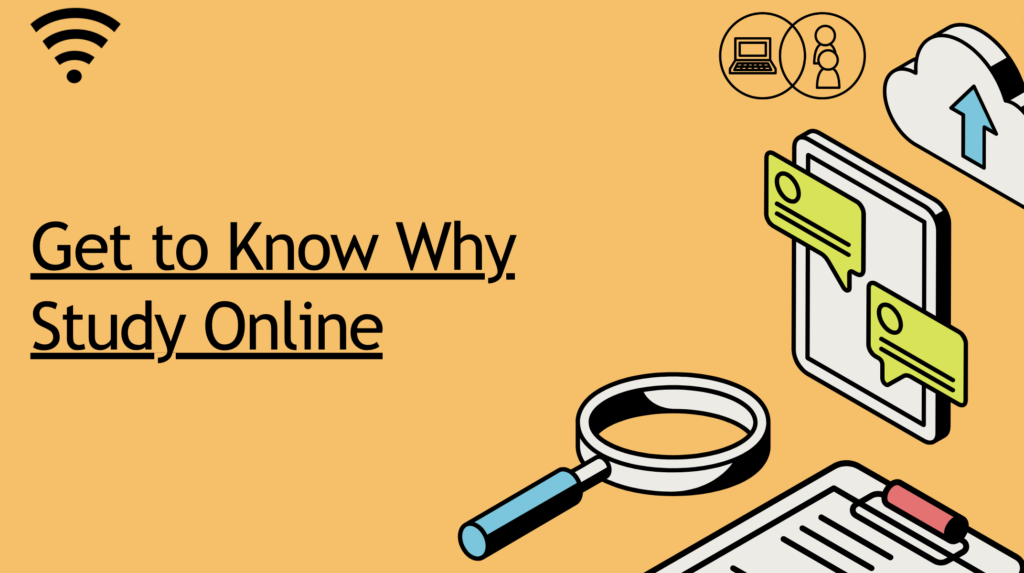The Impact of Coronavirus: Effects on Education
Impact of Corona virus: A year in pandemic and the entire foundation of the education system has been trembled. In March 2020, as soon as the Coronavirus (COVID-19) outbreak began in India, the Central government ordered an immediate shutdown of the education institutions all across the country. The foremost thing that happened was the postponement of the board and competitive exams. Furthermore, the students studying abroad in other countries like China, Italy, UK and US were encouraged to return home immediately.
At the peak of the pandemic, the e-learning became the only viable solution. Soon enough the government started making arrangements to bring schools to the student’s homes. While the student’s from privileged backgrounds were able to easily adapt to e-learning solutions. Unfortunately, those from an underprivileged background were impacted most severely due to the lack of resources like smartphones and broadband access.
The pandemic definitely fully-exposed the numerous inequities in our education systems – from access to e-learning resources to supportive environments required by students to study at home. While many education boards tried their best to maintain learning continuity during this period, still the students had to rely more on their own solutions to study remotely.
Important books for Class 12:
- NCERT Solutions for Maths
- NCERT Solutions for Physics
- NCERT Solutions for Chemistry
- NCERT Solutions for Biology
Likewise, the teachers too had to adapt to new teaching modes, for which they have received no formal training. In particular, students belonging to marginalized groups faced the greatest risk of falling behind.
Since the government had to spend heavily on providing healthcare first; the education system remained at risk despite short-term stimulus packages. Likewise, private funding became scarce due to a weak economy.
The COVID-19 pandemic had a severe impact on higher education too as most universities had to close their premises. At tertiary level, due to travel restrictions the international student’s mobility also was impacted. The countries had to shut their borders in order to curtail the spread of the virus. Even though higher education institutions were fast to replace physical classes with online classes, the classroom closure did impact the exam system and the legal status of international students in their host country.
On the contrary, it highlighted problems regarding the quality of education offered by universities and lack of networking, social opportunities in the online settings. Therefore, to maintain credibility, higher education institutes now have to reinvent their learning environments with the amalgamation of online and offline learning.
Some Example Questions from class 12 Maths: –
Some Example Questions from class 12 Physics: –
Some Example Questions from class 12 Biology: –
Some Example Questions from class 12 Chemistry: –
Reopening education institutions will definitely bring unquestionable benefits to students and the wider economy. In addition, reopening will bring economic benefits to families as well by aiding parents to return to work.
Given ongoing second wave of COVID-19 and chances of being hit by the third wave, the benefits of reopening, however, must be evaluated meticulously against the health risks. The reopening of education institution requires a proper coordination between government authorities, education boards along with the public participation.
While the classroom closures may be temporary, it is not possible to foresee whether the covid-19 will result in long-term disruption to the higher education system.
To ensure a resilient and rapid recovery, it is essential that the education budget be increased. The schools that need funding must be supported. Furthermore, to help the underprivileged students, the government should prioritize by directing resources to support schools to adapt e-learning, chiefly if those schools are serving the underprivileged students.
Schools should have a hybrid education system. They must be able to easily switch between physical and online classes as needed. This will safeguard the education not only during future pandemics but also during other crises (environmental or man-made) that might cause classroom closures. Moreover, it will create new avenues for teaching as well as learning. With this in mind, teachers should be trained to operate the technology in the event of a future classroom shutdown. Offering short training courses to teachers can be a good idea to enhance their skills set.
Important Links:
Last but not the least, it is vital to not only recoup from the pandemic but also use this experience to become better prepared for future disasters. To be future ready, countries need to provide blended models of education.
The future education system should be a perfect amalgam of different teaching models (online plus offline) to reach students at their level and to offer a more individualized approach to teaching. These efforts can not only support the education institutions to recover from the impact of the pandemic but can also help them adopt a more resilient education system going forward.
Further Readings –
- Think Beyond MBBS- Courses in Biology after 12th except MBBS
- Best Books for NEET Preparation 2021, 2022, 2023 by Doubtnut
- Best Biology Books for CBSE Preparation 2021-2022



